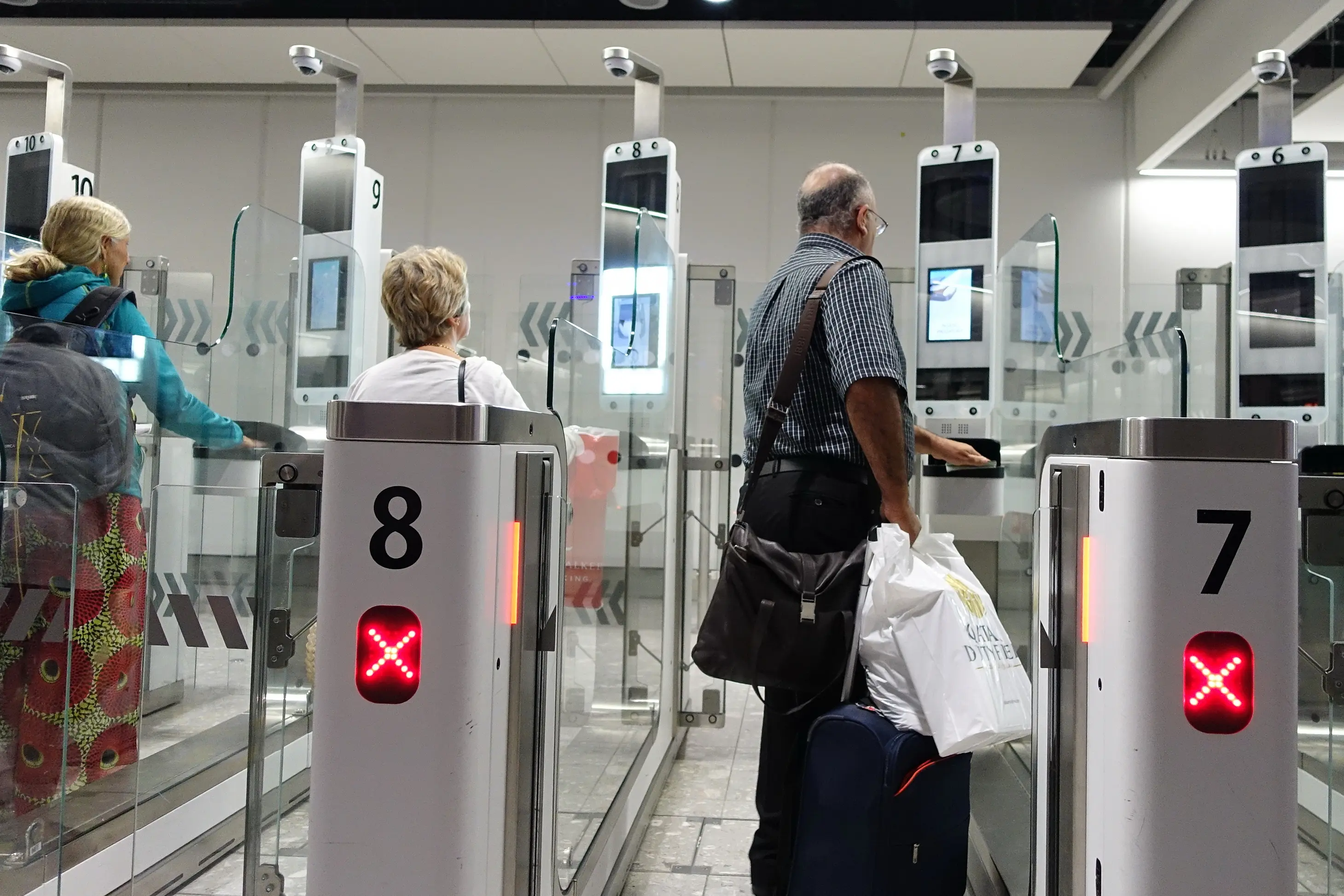The Association of British Insurers (ABI) estimates that fraud costs around £3 billion in the UK alone every year. In Europe that figures rises to €13 billion. The global picture is truly staggering - Forbes estimates insurance fraud costs around $300 billion annually, with 60% of insurers reporting an increase in fraud over the past three years driven by economic pressures and increasingly sophisticated schemes.
The rapidly evolving fraud threat landscape in insurance
Insurance fraudsters have moved well beyond traditional cash-for-crash scams. Instead, they’re exploiting digital channels with identity theft and utilising deep-fake AI capabilities to run sophisticated long cons.
This includes ghost broking, where fraudulent intermediaries lurk in the world of social media selling fake or invalid insurance policies to unsuspecting customers. These highly organised fraudsters use a range of tactics which can operate for months without detection, leaving insurers exposed to financial loss and regulatory scrutiny:
- Fake policies: The ghost broker fakes insurance documents, giving the impression that the buyer is insured, when in fact no policy exists.
- Altered policies: They might take out a genuine policy in the driver’s name but with false information - such as incorrect addresses or driving history - to get a cheaper premium. This voids the insurance if a claim is made.
- Policy cancellations: They take out a real policy but cancel it shortly afterwards, keeping the refund and leaving the buyer uninsured.
Insurers face a number of challenges when it comes to fraud detection
Traditionally fraud detection happens at claim stage - but by then the damage is done.
Even if a fraudster is detected, the stark truth is that they’ve already entered the system, they’ve learned the potential vulnerabilities open to exploitation and are already costing insurers considerable harm. This could be financial harm; late-stage verification is notoriously expensive and time consuming, and fund recovery onerous. Or reputational harm, given the potential erosion of trust. It can also be incredibly harmful in terms of the client experience.
The barriers hampering proactive fraud detection include:
- Inadequate use of third-party data: Without access to the right external data sources to quickly, efficiently and correctly verify an applicant’s identity, accurate decision-making is nigh-on impossible
- Siloed internal data: Traditional siloed and manual data processes make accurate identity verification incredibly difficult to achieve
- Keeping pace with the speed of change: The rapid pace of technology advancement constantly creates new fraud vulnerabilities; it’s tough to keep up, let alone prevent weak spots from emerging
- Outdated technology stack: The slow adoption of AI and automation is a significant barrier to moving fraud detection from point of claim to onboarding stage. This last point is really the most important – fraud detection needs to be upfront, if insurers are really going to win the battle against scammers, whether that be individual chancers or organised crime gangs.
The importance of early identity verification in the fight against insurance fraud
Moving identity verification to the onboarding stage delivers the single biggest positive impact to insurer fraud detection.
Automatically performing a range of identity verification checks, whilst still achieving seamless onboarding of customers, is a game changer. It means that insurers can prevent fraud before it enters the system, while creating a smoother experience for genuine customers throughout their policy lifecycle.
A single platform supporting complete identity verification empowers enable insurers to conduct multiple critical checks seamlessly during acquisition and onboarding stages. This includes:
- KYC and credit checks to verify financial history and flag synthetic identities that lack authentic credit footprints
- Driving licence and other forms of document verification to confirm that applicants possess valid credentials and match the identity they claim
- Biometric verification using facial recognition technology to ensures the person opening the account is genuine and present, not a bot or fraudster using stolen documents.
These checks, when seamlessly integrated via API into a streamlined onboarding workflow, take minutes rather than days, and can be completed digitally without requiring customers to visit physical offices or submit paper documents.
For an example of how this works in practice, let’s return to the ghost broking example:
Front-loaded identity verification helps combat ghost broking, by ensuring both the intermediary and end customer are properly verified before policies are issued.
By implementing robust authentication for broker networks and requiring verified identity checks for all new policyholders, insurers can detect suspicious patterns of activity (such as multiple policies being created through a single intermediary) with greater consistency and lower error rates.
Meanwhile, corporate verification capabilities allow insurers to validate business entities, check beneficial ownership, and ensure commercial brokers and underwriters operate with proper credentials and regulatory compliance.
The benefits of advanced IDV for insurance businesses
Advanced IDV orchestration platforms, like nCino Identity Solutions, provide the infrastructure to support this proactive approach.
This enables end-to-end solutions for insurers seeking to embed insight on global consumer and corporate clients through every stage of the policy lifecycle – through acquisition, onboarding and ongoing monitoring – whilst maintaining the streamlined experience clients expect and the best-in-class due diligence practices regulators demand.
- Lack of data problems are avoided
- Legacy technology issues can be overcome
- Keeping pace with emerging threats is easy
- Customer experience is optimised
- Regulatory compliance is enhanced
- Financial and reputational damage is mitigated
Beyond risk reduction, early verification importantly creates competitive advantage. Insurers can confidently offer digital-first experiences and faster claims processing to verified customers, knowing their risk exposure is managed from the start.
They can also price policies more accurately based on verified data and reduce operational costs (which can lead to more competitive premiums) by eliminating the expensive investigation and remediation work that follows fraud detection at claims stage.
Need another legitimate reason to reimagine identity solutions?
nCino supports insurance brokers, underwriters, and networks with the tools to prevent fraud, onboards customers more efficiently and compliantly, and build meaningful relationships. Our identity solutions platform is proving next generation verification technology to Europe’s leading insurance businesses.
Book a demo to explore the tools you need to fight back against the growing threat of insurance fraud.














.webp)


























.webp)
.webp)

.webp)
.webp)



